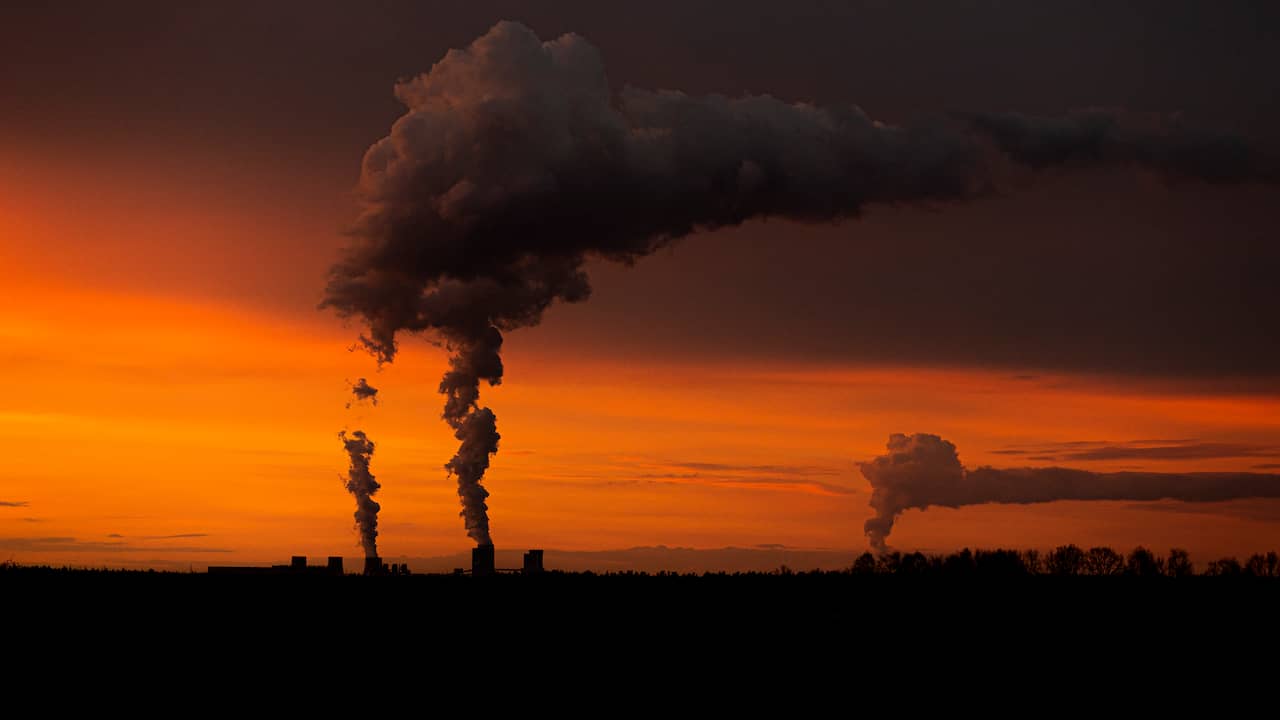Ontvang meldingen bij nieuws
The European Union must do its fair share
In addition, the European Union must reduce its emissions relatively quickly. This is because our continent has weathered a lot in the past and is now prosperous enough to pursue a relatively strict climate policy, scientists say.
In order to achieve a truly fair share of global climate policy, the European Union must reduce emissions sharper and faster. “But if you start to calculate it, it turns out we can’t make it happen,” says Nico Schreever, professor emeritus of international law and one of the two Dutch members of the advisory board.
This is why the EU should not only take climate action within its borders, but also help poor countries become greener at the same time. “It is no coincidence that it was agreed in Paris that from 2020 industrialized countries will provide at least $100 billion annually to non-industrialized countries,” says Shriver. “We haven’t fulfilled that promise yet.”
More than a thousand scenarios
The European Commission is currently holding a public consultation on a climate target for 2040. It describes an emissions cut of 90 percent or more as “extremely ambitious”, while the Commission considers the target of 65 percent reduction “a little ambitious”.
The European Union’s Climate Council has used computer models to study more than 1,000 future scenarios to determine how the European Union can achieve its ambitious climate goals. Requirements have been set regarding technical feasibility and issues such as environmental protection.
The council describes three “possible” scenarios that differ in terms of economic developments and energy sources. In one scenario, for example, consumers and businesses reduce their energy consumption much more, so that fewer solar and wind farms are built.
In another scenario, more renewable energy is being generated and there is also more emphasis on carbon dioxide extraction technologies from the air. In another scenario, more nuclear power plants will be added.
The Netherlands does not have a target until 2040 either
All scenarios have in common that in 2040 almost no carbon dioxide will be released during the production of electricity. A lot of hydrogen is being produced to replace fossil fuels, and energy consumption in the transportation sector is declining rapidly. This has to do with the widespread shift to electric vehicles.
The EU’s ambitious target also means that emissions must continue to fall rapidly for the Netherlands. This is because our national goals are linked to European ambitions.
It remains to be seen whether such a long-term EU climate goal is also politically feasible. In recent years, Brussels has passed several ambitious climate laws, but it appears that a limit has now been reached in some countries. For example, French President Emmanuel Macron has already called for a “pause” in European environmental policy.
If the European Commission proposes a climate target for 2040, member states and the European Parliament must still agree to that proposal.

“Total coffee specialist. Hardcore reader. Incurable music scholar. Web guru. Freelance troublemaker. Problem solver. Travel trailblazer.”







More Stories
GALA lacks a chapter on e-health
Weird beer can taste really good.
Planets contain much more water than previously thought